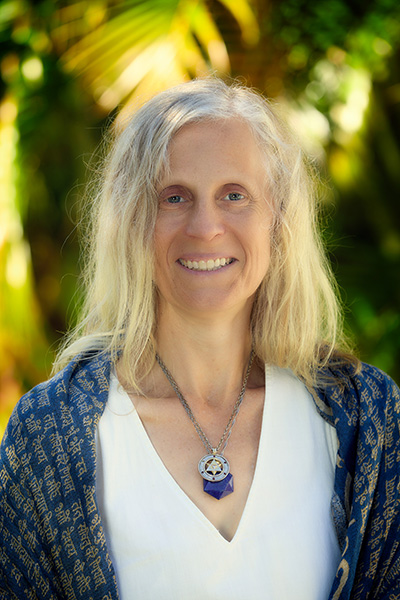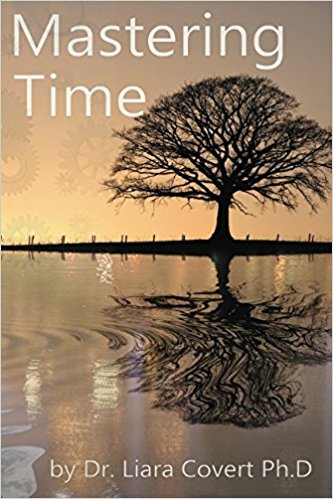7 Steps to breathe more consciously
 Monday, July 1, 2019 at 10:23AM
Monday, July 1, 2019 at 10:23AM Breathing fully and consciously implies normalizing our breathing pattern. Mindful breathing enables us to be more aware and connected to core vibration and natural behaviours. How do we know whether we are over-breathing or underbreathing? How can we breathe for maximum oxygen cell content? If exploring any new meditation or breathing technique, if it doesn’t feel right, stop doing it. Trust your intuition. Consider these 7 steps to breathe more consciously;
1. Know our goals
Before embarking on any breathwork, it is wise to know our goals; is it to ease chronic illness? to promote rehabilitation? to achieve peak athletic or public (stage/vocal) performance? to reduce stress? to manage grief, anxiety, depression? to identify and release emotional trauma? to maintain or restore homeostais? to enrich quality of life? to extend life span? When our intention is clear, the path presents. By taking initiatives, we have the power to shift our life experience. We may choose to taste greater confidence, deeper peace or, feel revitalized in unexpected ways.
2. Invite revelations
Eureka moments change everything. Although the respiratory system of the body is itself involuntary, we actually have control over the rhythm of our breath. We breath on average, 25,000-30,000 times per day. Yet, many people are fortunate if they breathe up to 70% of their capacity. The other 30% is wasted. How we breathe determines how we feel. What we put in, we get out. If we breathe deeply, we live deeply. If we are shallow breathers, we live a shallow life. Rest assured, we can change our oxygenation efficiency through breath training. This requires growing conscious of our thoughts and feelings and realizing we can change them.
3. Get comfortable
Before engaging in breathing techniques, it is important to relax and get comfortable, preferably be sitting or laying down. Silence is important (no speaking) to focus attention. Listening to soft music or mantras are assumed to be soothing yet can also be distracting. It is not advisable to be standing, operating a moving vehicle, machinery or engaging in any activity that requires your full attention. Many breathing techniques are best performed on an empty stomach but we also want to be well-hydrated. Be in a place where fresh air is abundant and the body is at normal temperture (not too hot or cold). Different breathing techniques benefit from different postures during the breathing session.
4. Make connections
Every moment we inhale a breath, that air is translated into life energy. Its called Chi (China/Japan) and Prana (India). Most people know how it feels to breath freely although some of us only dream about that. How people breathe around us affects us when we allow it. When we do not breathe properly, the body breaks down. This affects us energetically, even if we do not see it, we feel it. It may affect us emotionally, physically, mentally, or on many levels simultaneously. We can even connect our changing breathing rhythm to our emotions and issues arising. In the ancient Indian system, the length of life was measured in number of breaths. Conscious breathing has long been linked to longevity and a mroe fulfilling existence.
5. Choose the technique
If we already have knowledge of a pool of techniques we can draw from, then the next step is to intuitively use the technique best suited to the situation at hand and practice consistently. If active in a group, we may choose to share what is going on in our life with peers, ask for guidance from someone we trust about which breathing techniques best suited to help us. How can we narrow our focus? grow aware of the muscles we use when we breathe, Are you eager to extend your breath retention? Are you concerned with recurrent shortness of breath? Perhaps Buteyko breathing, with the aim of breathing slower and less, if for you? pursed lip breathing and diaphramatic breathing would be worth exploring.
6. Repeat
The key is to follow what feels right and just breathe. For some techniques, it doesn’t matter whether you breathe in and out through the nose or out through the mouth. In those cases. it’s what works for you. In other cases, such as rebirthing, cathartic breathing, nasal and mouth breathing are more or less dynamic, have different purposes and effects. When we practice multiple rounds of the breathing techniques, the effect can be more noticable. It can be very powerful to breathe in a group. One can move beyond counting the breaths, to completely get out of the head and enter a deep meditative state.
7. Rescan
We can also rescan the body to see the effects of the breathing technique. We can be more aware of how we breathe. We do not wish to waste another breath. We all have the power to heal ourselves in a more effective way, to perform better, to move our body with more ease. There are so many diseases related to stress. We each have the power to shift the focus when we breathe. Inhalation through the nose tends to be most effective. (Cathartic breathing through the mouth for is one exception). We take up nitrogen oxide through our nose which is a secret benefit to nose breathing.
With mindfulness-the practice of peace-we can begin by working to transform the wars within ourselves. Conscious breathing helps us to do this. - Thich Nhat Hanh











